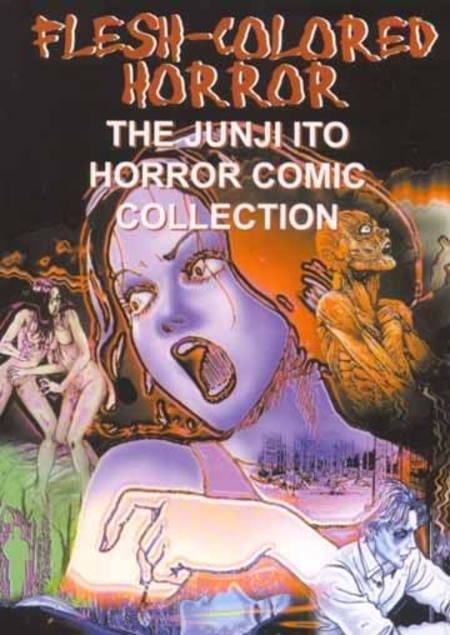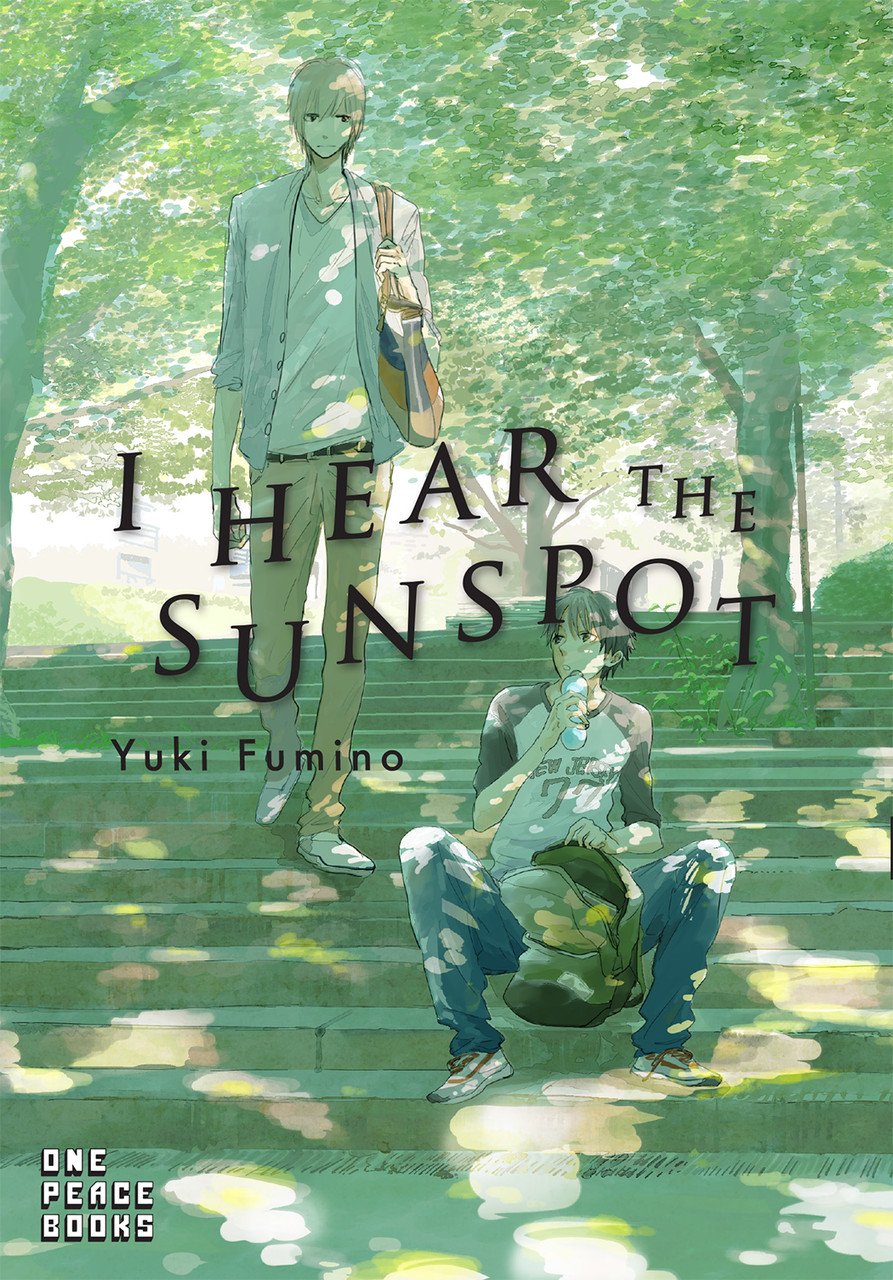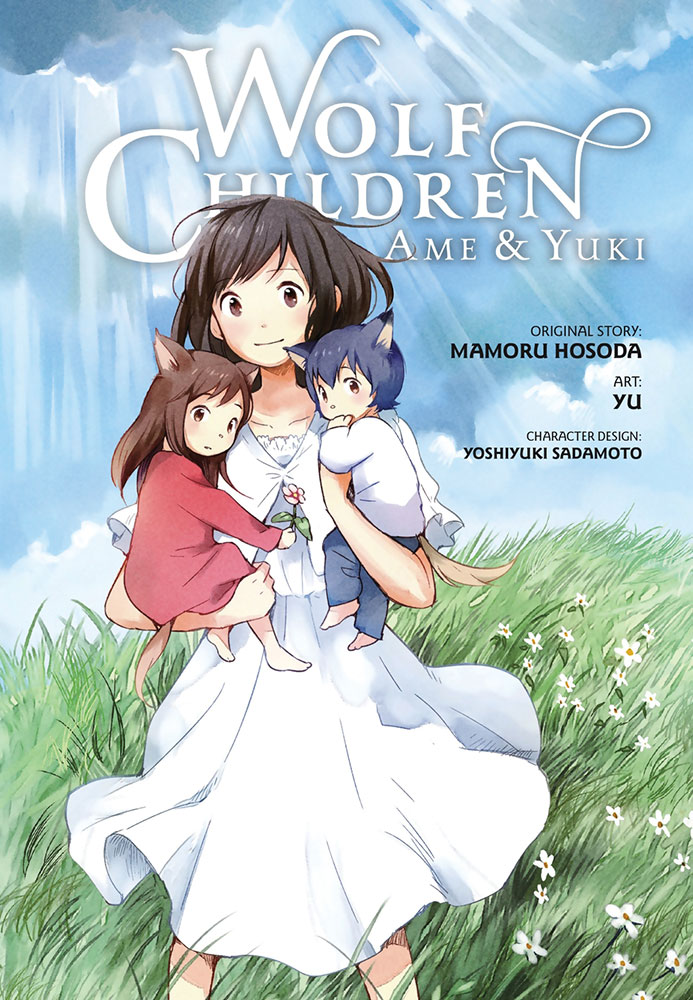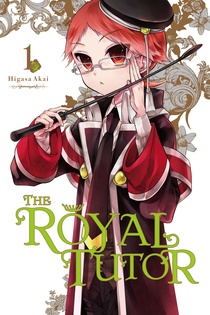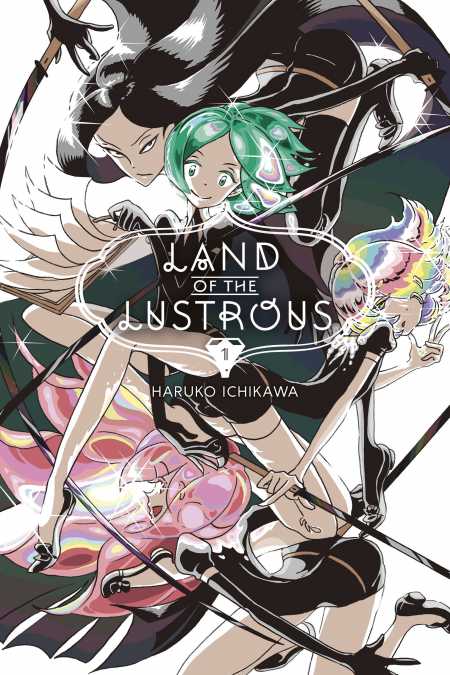My News and Reviews I shifted around my usual posting schedule at Experiments in Manga a little last week so, instead of posting July's Bookshelf Overload, I ended up featuring my review of Kazuki …
Continue Reading about My Week in Manga: August 7-August 13, 2017 →
